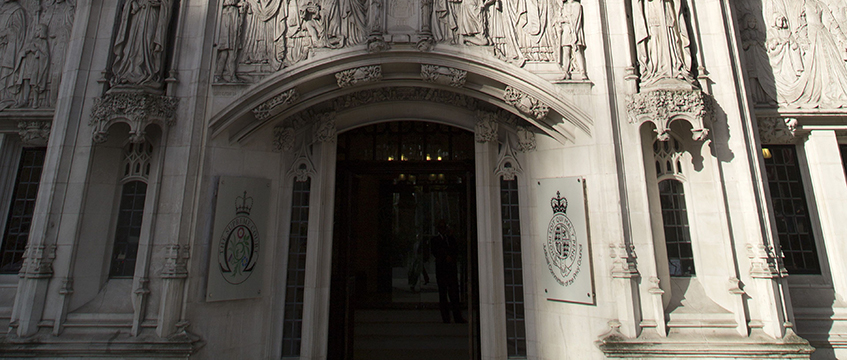A further issue arose in R (on the application of Warley) v Wealden District Council [2011] EWHC 2083 (Admin). Condition 2 attached to the planning permission provided that the court lighting should only be on when the courts were in use for playing and/or coaching during the months of September to April inclusive and that they should not be operated after 21.00 hours or before 08.00 hours on any day “without the prior consent in writing of the local planning authority”.
Wording of this nature is often referred to as a “tailpiece”. By purporting to allow the authority to relax the condition, it seeks to incorporate a degree of flexibility and possibly obviate the need for a further planning application at a later date by the developer. But in principle it offends planning law. It may make uncertain what was permitted; it may enable development that has not been applied for, assessed or permitted to occur; it may sidestep the statutory process for granting permission and varying conditions. In the present case, it provided the claimant with an additional ground of challenge.
Relying on the decision in R (on the application of Midcounties Cooperative Ltd) v Wyre Forest District Council [2009] EWHC 964 (Admin); [2009] PLSCS 222, the judge concluded that the tailpiece was unlawful, but that it was possible to excise it without having to quash condition 2 in its entirety. (Had it been necessary to quash condition 2, it is likely that the judge would also have concluded that – because of its central importance – it could not be severed from the planning permission. Accordingly, the whole planning permission would have had to be quashed on that ground alone.)
The judge referred in particular to the entitlement of the public to know in public documents what planning permission relates to a given development, and what therefore is permitted and what is not. He also pointed out that the tailpiece left wholly uncertain who was to grant the variation and the criteria on which the decision should be made.
It should be borne in mind, however, that such a power of excision or partial quashing may not always be exercisable. In both cases, fortunately the tailpiece was linguistically severable, and after severance the condition required neither further amendment nor the insertion of any other words to make linguistic and planning sense.
John Martin is a freelance writer.










